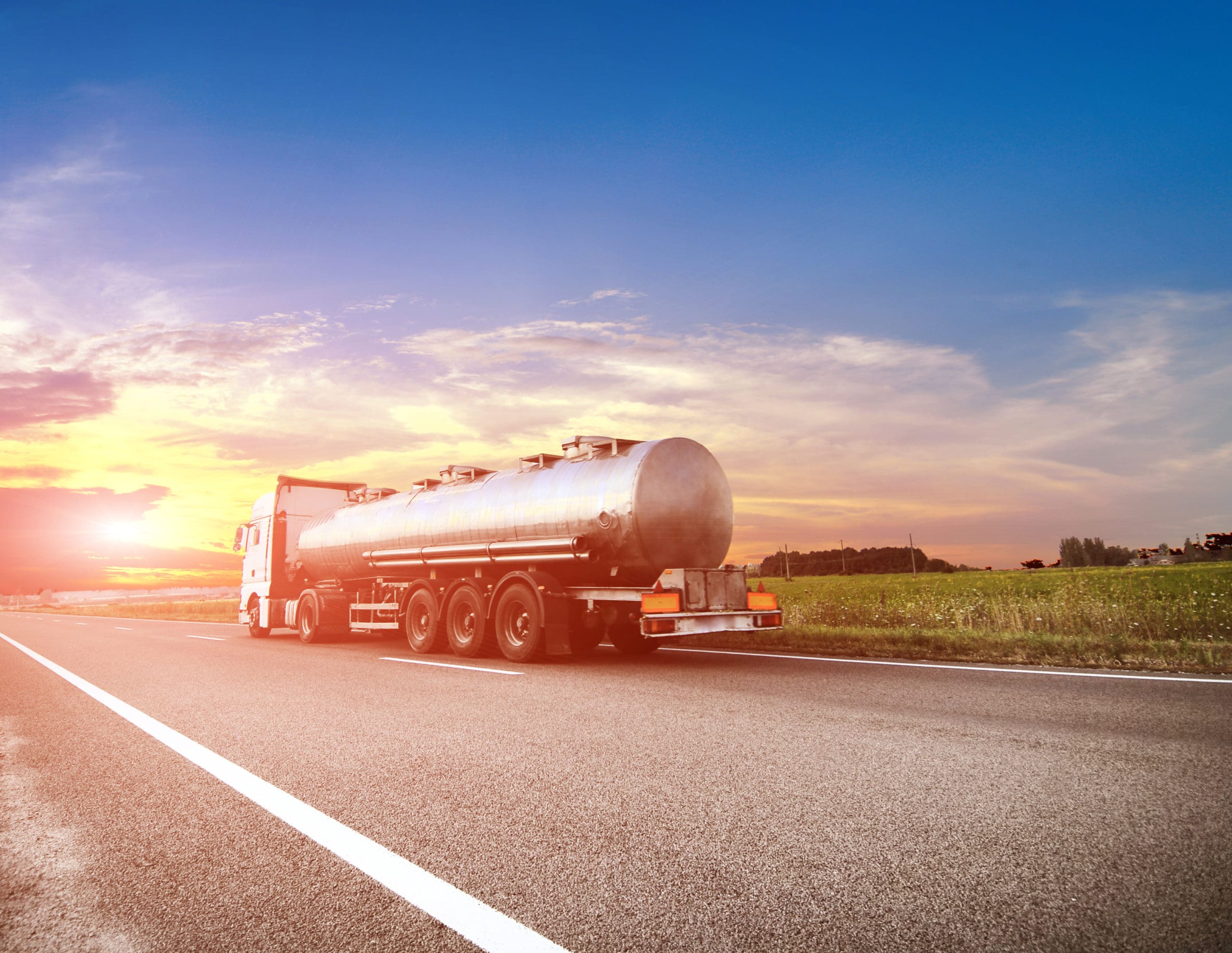
Adopt technology or fall behind. That seems to be the mantra in fuel delivery these days as dealers are quickly realizing how important technology can be to their businesses. Who would have predicted that the `Internet of Things’, `the cloud’ and `apps’ would one day become part of their trade lexicon?
Traditionally, the energy industry has been reluctant to update tried-and-tested methods. This is why innovation can be a bit slower than in some other industries.
But times are changing in the fuel delivery business. Below, we’ll look at some of the many ways technology is making inroads into this industry, and how it is simplifying life for both dealers and customers:
# 1: Portals & Apps
Online ordering of fuel is becoming as easy as ordering a pizza! Just create an account, punch in your location, place the order, make the payment, and the fuel will arrive at your door. For the gas station owner, online fulfillment means less overhead. It improves cash flow (through autopay), requires fewer employees, and reduces call volume. It also allows for some time off from manning the cash register. Everybody wins.
# 2: The Cloud
Cloud software is what moves the world these days, and fuel dealerships are realizing that it offers better speed, flexibility, and security than on-premise solutions. This software assures access 24-7 from any device. The cloud also doesn’t require any hardware or server maintenance, which keeps costs lower.
# 3: Mobile Technology
Mobile technology allows for real-time communication across the team. Syncing up with a network of drivers out on the field has also never been easier. Tickets, routes, and prices can be updated throughout the day. Workers can add emergency stops, and dealerships can quickly respond to new requests from customers to improve their service response performance.
# 4: CRM Software
CRM (Customer Relationship Management) tools centralize tracking of all sale-related activities. They also capture valuable customer data. This can be routed through marketing channels to cross-sell, up-sell, inform, and reward customers via loyalty, membership, and other types of programs.
# 5: Tank Monitoring
While modern methods of fuel delivery are convenient for consumers and suppliers, suppliers still need to keep an eye on costs. After all, trucks making the deliveries also consume fuel, especially when traveling long distances to make a call.
This is where tank monitoring technology comes in, improving efficiency in fuel delivery. Most delivery services use tank monitoring to focus on high-revenue clients, as they can often be unpredictable with their requirements.
So how do tank monitors work?
Infrared technology:
The gauge is on top of the tank, and an infrared beam hits the liquid level of fuel in the tank. Through wireless communication, the equipment shares the information on the homeowner’s dashboard. This provides continuous information on fuel levels in the tank. If levels are low, a light will flash or there may be a loud beeping sound (sometimes both) alerting the homeowners that it’s time for a refill.
Radio technology:
Sensors are installed on tanks which monitor how much fuel is being used. In fuel tanks, a sensor is placed on a cork. A wire with an electric current goes to the bottom of the tank and is weighted down. As customers use the fuel, the sensor passes on the message via the internet to cloud software. Dealers can either receive information directly from the company’s cloud-based service or receive data on their own software. They study that data, and if necessary, send a fuel truck out for a refill after contacting the customer.
Tank monitors provide high levels of accuracy, which in turn leads to efficiency, savings, and even added profits. The customer benefits, as dealers have all the information at their fingertips, and informing the customer it is time for a refill can be done through email, text messaging, or even social media platforms.
* Source: Cargas Benchmarking Report

